The method used by those who plan the width of planks is to use a fan chart. The widths on the fan chart are measured with a ruler or compass and transferred to the hull and marked on the frame or bulkhead lines. The vertical lines on the first planking which mark the location of each bulkhead a frame every X'th interval along the hull would have been drawn onto the first planking layer earlier in construction. Attached below is a document describing this method. Also, here is a video showing this method:
The next method uses a table of values to determine the width of the planks, instead of a fan chart.
I personally work free-form, fitting planks by eye in pairs (port and starboard). Like in the second video above, planks were added from the topmost fully continuous deck, moving down, and from the keel, moving up, with the gap being closed ideally at the turn of the bilge or just above that. The width of the planks, how sharp they are tempered and how far along the length they are tapered, is determined by eye, slowly choosing the location and amount of taper of each plank while monitoring the gap in the hull as it slowly closes. It takes some experience and a good eye for proportion to keep the pattern of the planks symmetrical, including symmetrical placement of stealers and drop planks. Some people do it this way, but most use the fan-chart method and plan their plank widths precisely. The last three planks which close up the gap in the hull are carefully shaped to each cover 1/3 of the gap evenly, so that the final plank does not appear too narrow or too wide, in contrast with the other planks.
After you plank a couple model hulls, you'll have selected a method you prefer best.
Plank seams vary from one type of ship to another, and time period, but for the most part, each ship would be unique in the pattern of its planks. It may be difficult to find information on how your model type would have been planked. An example of a pattern unique is shown for the Swedish man-of-war Wasa, where planks were laid with scarf joints, with plank sizes heavily influenced by what timber was available at the shipyard:
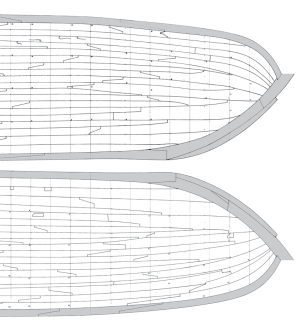
Most people just have butt seams at the ends of each plank. This is probably what you will choose for the Harvey, since scarf planks were used on larger and much earlier vessels, and usually not for the whole hull like Wasa, but only in some portions of the hull. Below is an example of how stealers are generally used, and how drop planks are different in English and Dutch styles.
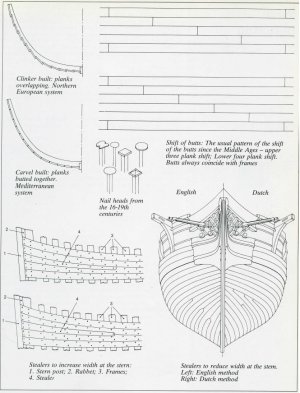











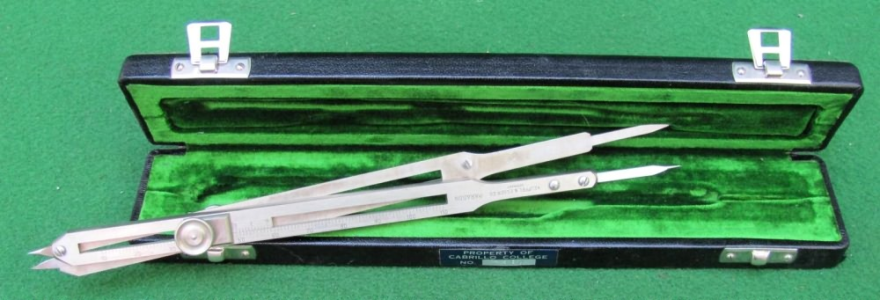
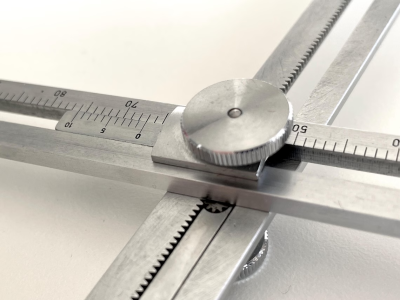
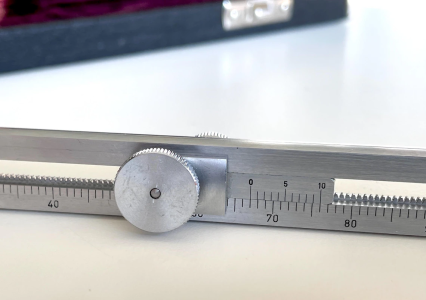
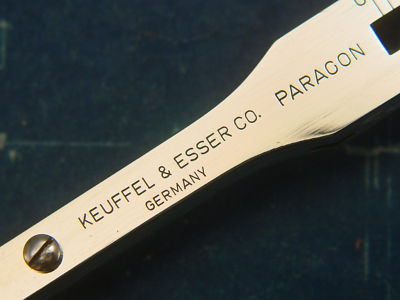
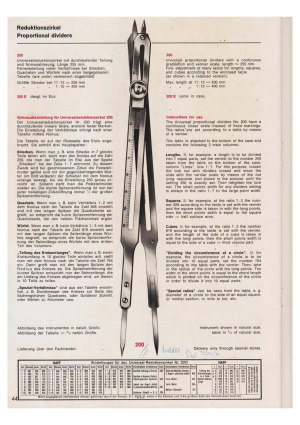
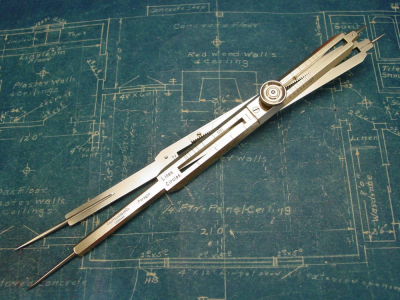
 Who knew there was so much to proportional dividers. Certainly not me. Thank you for taking the time to fully explain them to us. I will now be looking for a quality pair (I'm glad no one got me the cheap pair I put on my Christmas wish list
Who knew there was so much to proportional dividers. Certainly not me. Thank you for taking the time to fully explain them to us. I will now be looking for a quality pair (I'm glad no one got me the cheap pair I put on my Christmas wish list  ). I am, however, a firm believer in, "you get what you pay for - most of the time."
). I am, however, a firm believer in, "you get what you pay for - most of the time."

